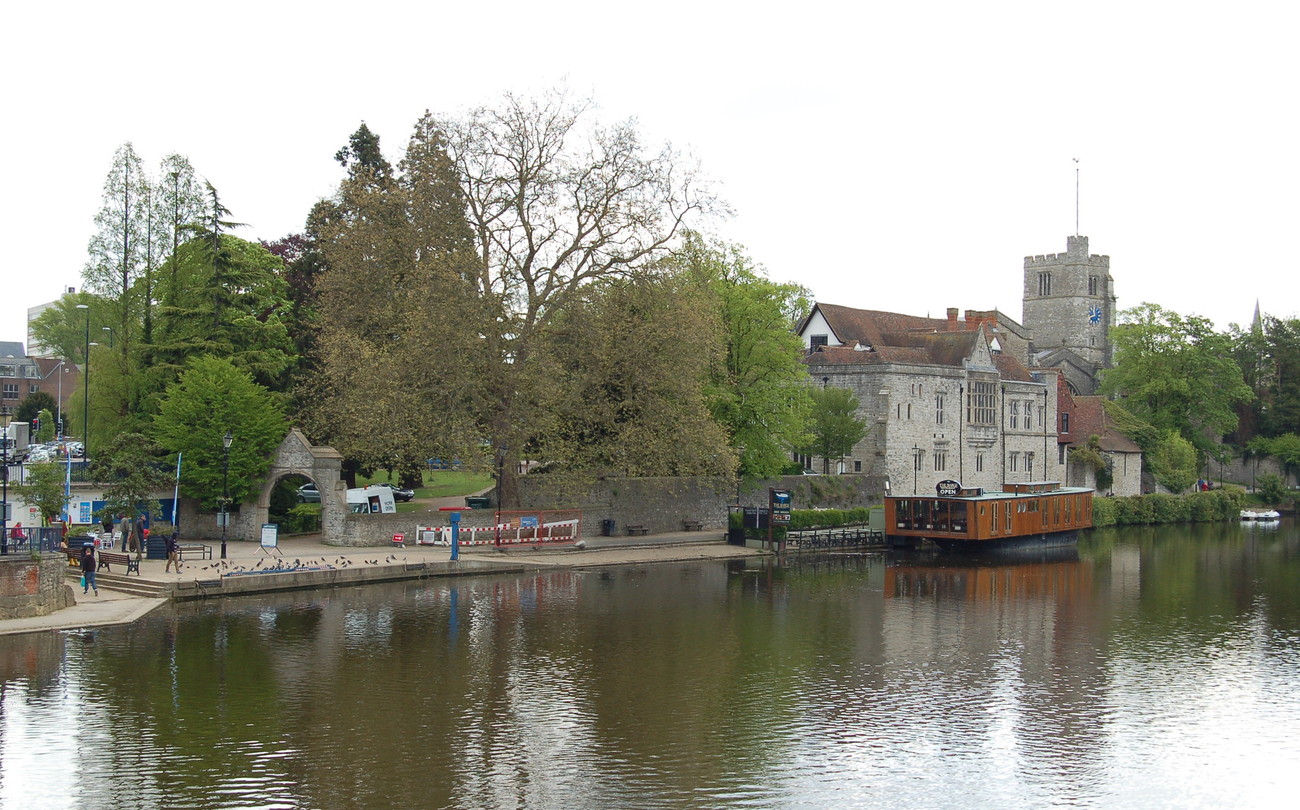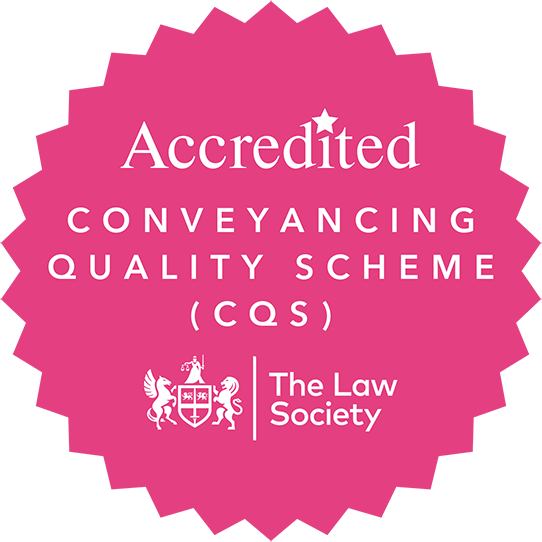House buying timeline
When buying or selling a residential property a question we are often asked is how long will it take? The answer to that is it really depends on many factors including how many parties are involved in the ‘chain’ and there are certain steps which have to take place. But there are some things which you can do to help to speed the process up.
Step 1:
Congratulations you have agreed to buy or sell, and the price has been agreed. First step is what funding is needed?
Whilst many buyers may have looked into how much they can borrow, it isn’t until you actually apply for the mortgage that you will know for certain, and this can cause issues where someone might for example be looking to borrow too much or the lender might not want to lend on the type of property you want to buy.
It is a good idea to make an application in principle (also called a decision in principle or mortgage in principle) which whilst not a binding offer does allow your preferred lender to do all the credit checks and decide how much it might lend to you.
Step 2:
What is included in the move? To avoid buying a house which has been stripped bare or being forced to leave much treasured items as part of a sale it is important to decide up front what you are leaving or what you would like included when making an offer for a property. Prepare or ask for a list of all the fixtures and fittings included both inside and outside, from light fittings to plants. Also be wary about paying separately for fixtures and fittings. Many things bought new depreciate quickly, so don’t be afraid to say no if you are being asked to pay too much. Also check items work. That fabulous looking integrated coffee machine is no good if it needs a fortune spending on it to repair it.
Step 3:
Beware a change of heart. Whilst you may have agreed on the sale of the property, nothing is legally binding until you have exchanged contracts. Until then there is the risk of people changing their mind and removing the property from sale, accepting higher offers or sellers offering a lower amount. Unfortunately, there is nothing you can do so it is important that your solicitor acts fast on your behalf to get to the point of exchange. Your solicitor will need to carry out land registry and local authority searches and draft the contract so make sure you can answer all their questions and queries as quickly as possible.
If speed is important then don’t automatically use a solicitor who the estate agent has recommended, as that is probably a commission-based recommendation rather than based on their results. Here at Gullands we don’t pay commission to any firms to guarantee they recommend us. It is also helpful to use a firm that knows the local area just in case there are any regular issues that come with certain properties or property types in the area. Also pick a firm that answers your emails and calls promptly and ask for a full fee breakdown to ensure there are no hidden costs. We are upfront about all of the costs and fees which need to be paid.
Step 4:
Whilst your solicitor is busy with the conveyancing process your lender will convert your application in principle into a full mortgage application. They will need you to have a mortgage valuation carried out on the property, but this is not a survey and don’t be tempted to scrimp on a survey to save a few hundred pounds as it may uncover faults which could take tens of thousands to sort out or lead you to renegotiate on the price. If you are buying a new build property, consider a snagging survey so you can push for the developer to rectify them before you buy.
Step 5:
You are happy with the results of the property survey, the mortgage offer has been approved and you are ready to exchange contracts which means the deposit needs to be paid to your solicitor. Congratulations but don’t forget to arrange buildings insurance as you are legally bound to purchase the property once you exchange contracts or risk losing your deposit. Talk to insurers before this milestone to get an idea of costs and also to make sure there is no risks such as subsidence or flooding that they won’t cover, and which could be a deal breaker.
Step 6:
Your estate agent will usually negotiate the completion date, so whilst it is important to be flexible, if you have a particular date that you need to be in or out then make sure you have communicated that well in advance to all parties. Once you know the completion date you can book your removal firm if needed.
Before completion your solicitor will provide you with a completion statement which sets out exactly what needs to be paid to them. All fees are typically paid in advance of completion.
Step 7:
Completion day arrives, all monies are paid, and the keys are handed over. Congratulations! Your solicitor will be busy behind the scenes registering your details with the Land Registry and obtaining new title deeds. They also have 14 days to send the Stamp Duty Land Tax.
If at any step of the process you have questions, make sure you ask them at the time, don’t wait until the end, especially if you are a first-time buyer or haven’t moved home for a number of years. Moving house is something which many people now do on average just 1.8 times in their lifetime, so having experts to guide you through the process is vital.
Natalie Skinner can be contacted at n.skinner@gullands.com

 Close Menu
Close Menu




















